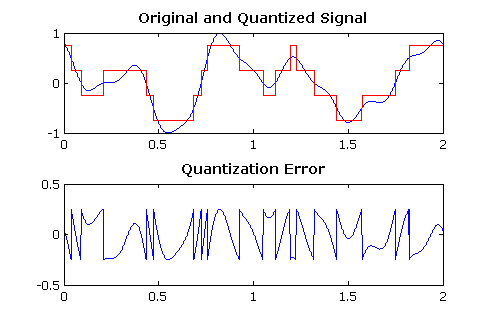no, you don't understand what i'm saying, it's got nothing to do with how it sounds, claiming 48 sounds better at 8bit but being the same and not so audible at 24bits makes no technical sense because that's not how digital audio works. If there's a bigger difference at 8bit than at 24bit it means something is being done wrong.
I'm not trying to argue for or against 48k, it might be great, but all that benefit is potentially wasted on poor SRC or additional filtering when resampling to 44.1k.
The problem is, there's no real target medium anymore. YT is 44.1, streaming can be 48, so you shoot yourself in the knee no matter what you pick.




